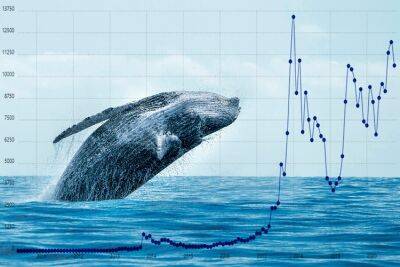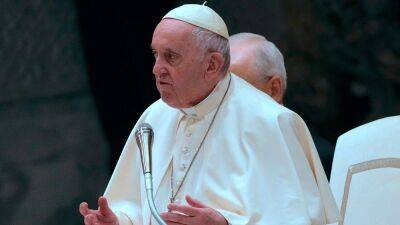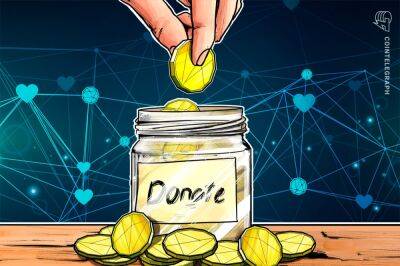Hong Kong believes stablecoin volatility can spillover to traditional finance
The fall of crypto giants this year reignited questions about the stability of cryptocurrencies and their impact on fiat ecosystems. Hong Kong Monetary Authority (HKMA) assessed the situation and found that the instabilities of crypto assets, including asset-backed stablecoins, can potentially spill over to the traditional financial system.
The HKMA assessment on asset-backed stablecoins pointed out the risks of liquidity mismatch, negatively impacting their stability during “fire-sale” events. A fire sale event relates to a momentary price fluctuation when investors can purchase stablecoins cheaper than their market price — a phenomenon noticed during the Terra (LUNA) crash.
According to Hong Kong’s central bank, the interconnection of crypto assets has made the crypto ecosystem more vulnerable to systematic shocks. In addition, the increase in crypto exposure from financial institutions can be subject to knock-off effects from abrupt developments in cryptocurrency prices:
The flowchart shared by HKMA suggests that fluctuations in the price of asset-backed stablecoins could result in reserve adjustment by stablecoins. This is mainly driven by the assumption that the demand and supply of stablecoins can trigger volatility in their price.
The study also recalled the crash of Terra USD (UST), an algorithmic stablecoin issued by Terraform Labs, which had caused mass redemption of Tether (USDT). In this light, HKMA recommended standardizing regular disclosures that can help regulators inspects liquidity conditions and risks.
The second recommendation for regulators is to strengthen the asset-backed stablecoins' liquidity management via restrictions on the composition of reserve assets.
Related: Could Hong Kong really become
Read more on cointelegraph.com














